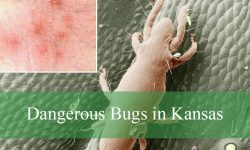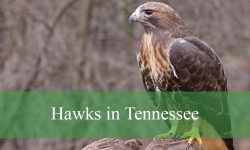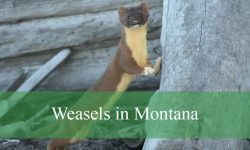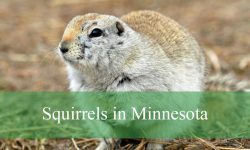Colorado is home to a wide variety of biting flies that range from mild nuisances to serious health concerns. These insects thrive in the state’s diverse landscapes, from high mountain streams to irrigated farmlands, and their presence is especially noticeable during the warmer months. Hikers, campers, farmers, and even backyard gardeners often encounter them in large numbers.
While some biting flies cause nothing more than itchy welts and temporary discomfort, others can have more significant impacts. Livestock and pets may suffer from stress, weight loss, or reduced productivity due to repeated bites. For humans, the main risks include allergic reactions, secondary infections, and in some cases, exposure to mosquito-borne diseases.
Understanding the types of biting flies found in Colorado is essential for prevention and protection. By learning how to identify them, knowing when they are most active, and applying effective control measures, residents and visitors can minimize discomfort and avoid unnecessary health risks.
Types of Biting Flies Found in Colorado
Horse Flies (Tabanus spp.)
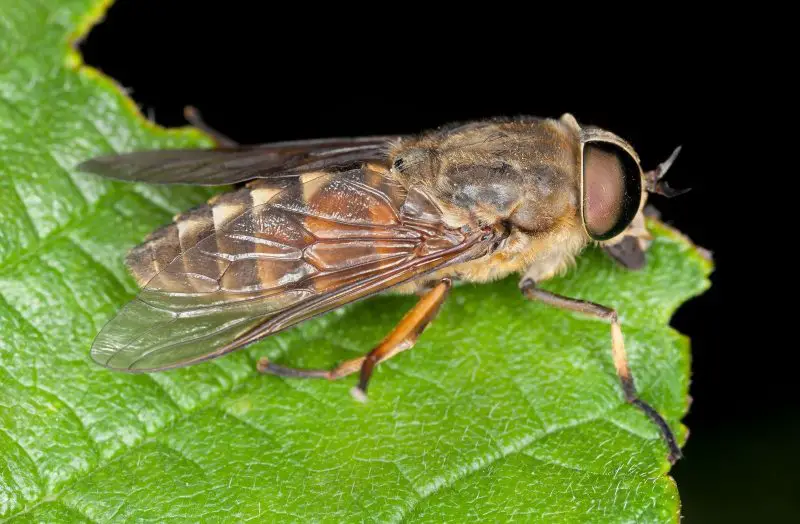
Horse flies are among the largest biting flies found in Colorado, easily recognized by their bulky bodies, large eyes, and strong, buzzing flight. Adult females are the biters, equipped with sharp, scissor-like mouthparts that slice into the skin to draw blood. Their bites are painful and often leave behind red, swollen welts that can itch for several days.
These flies are most active during warm summer months, especially in sunny and humid areas near rivers, lakes, and wetlands. They prefer to feed during the day and are persistent once they lock onto a host. Because of their size and strength, horse flies can often chase people, livestock, or pets over short distances.
In Colorado, horse flies pose more of a nuisance than a disease threat. Unlike some parts of the world where they transmit parasites, they are not major disease carriers here. Still, their bites can cause secondary infections if scratched excessively or if the skin is broken.
For livestock, horse flies can cause significant stress, blood loss, and reduced productivity when present in large numbers. Controlling them is challenging since they breed in wet areas, but repellents, protective clothing, and animal shelters help reduce exposure.
Deer Flies (Chrysops spp.)

Deer flies are smaller than horse flies but share a similar habit of biting humans and animals. They are often identified by their brightly patterned wings and green or gold iridescent eyes, making them easier to distinguish from other flies. Like horse flies, only the females bite, using sharp mouthparts to cut through the skin and lap up blood.
These flies are most abundant in late spring and early summer, particularly in wooded areas, near streams, and in regions with dense vegetation. They are daytime feeders and are notorious for circling around the head, often targeting ears, necks, and exposed skin. Their persistence makes them one of the more frustrating biting flies to deal with outdoors.
In Colorado, deer flies occasionally raise health concerns because they can carry tularemia, a bacterial disease that also affects wildlife like rabbits. While transmission to humans is relatively rare, it highlights the need for caution. Most encounters, however, result in painful, itchy welts that can swell noticeably.
To avoid deer fly bites, people should wear light-colored clothing, use insect repellents containing DEET or picaridin, and avoid heavily infested areas during peak activity. Outdoor workers and hikers in Colorado forests are the most at risk of encountering them.
Stable Flies (Stomoxys calcitrans)
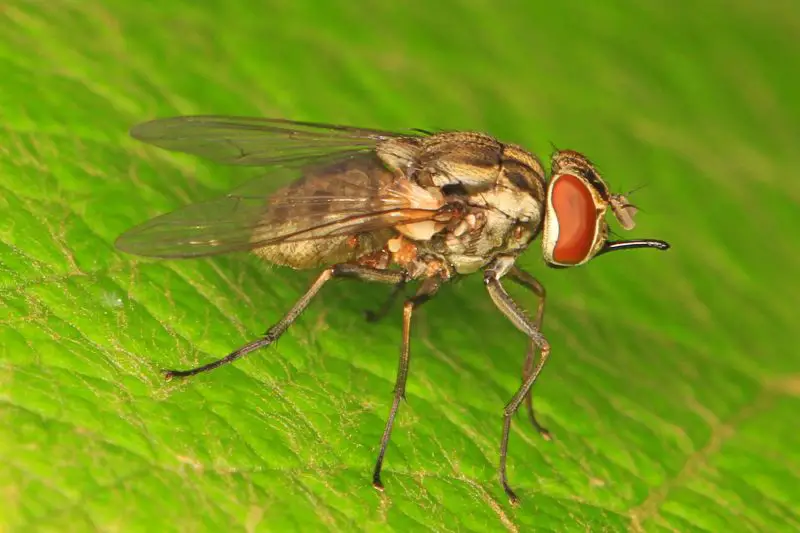
Stable flies are smaller than both horse and deer flies, often resembling houseflies but with a distinct behavior: they bite. Unlike houseflies, stable flies have a forward-pointing proboscis used to pierce the skin and feed on blood. Both males and females bite, making them more aggressive than many other fly species.
They are typically found around barns, stables, and livestock pastures, where they breed in decaying organic material mixed with manure. In Colorado, stable flies are a particular problem for horses, cattle, and dogs, but they also bite people, often around the ankles and legs. Their bites are sharp, painful, and can bleed, followed by itching and swelling.
Stable flies are not known to transmit human diseases in Colorado, but they are significant pests for livestock. Infestations can lead to reduced milk production in dairy cattle and weight loss in beef cattle, as animals expend energy swatting and avoiding the flies.
Control measures include sanitation, removing breeding materials, and using fly traps or insecticides. Protecting livestock with fly sheets and sprays is also common in rural areas of Colorado where these flies thrive in summer.
Black Flies (Simuliidae family)
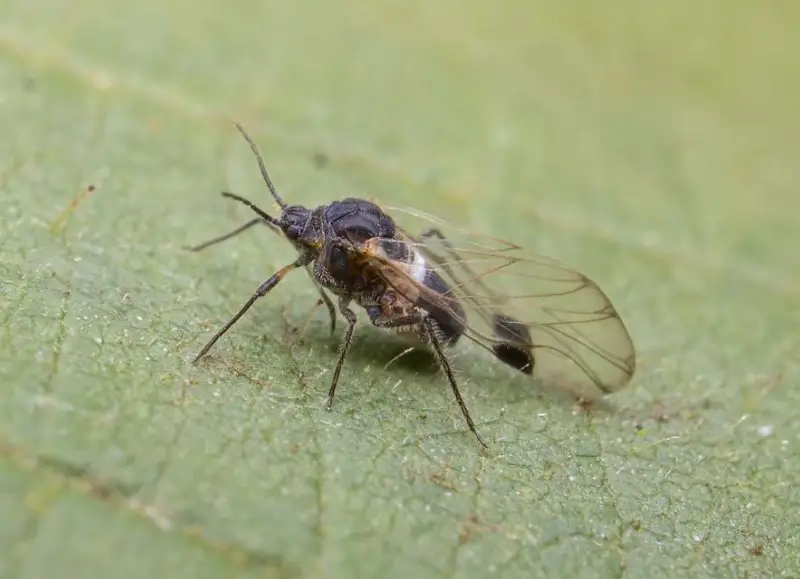
Black flies, often called “buffalo gnats,” are small, hump-backed flies that swarm in large numbers, especially near running water. Despite their small size, their bites can be surprisingly painful. They use cutting mouthparts to create a wound and then lap up blood, often leaving behind raised, itchy welts.
These flies are most active in spring and early summer, particularly along rivers and streams where their larvae develop. In Colorado, outdoor enthusiasts who spend time hiking, fishing, or camping near fast-flowing water are most likely to encounter them. They are daytime feeders and prefer shaded, humid environments.
While black flies are mainly a nuisance in Colorado, they are infamous in other regions of the world for transmitting serious diseases like river blindness. Fortunately, the species found in Colorado are not known to spread such illnesses, but their swarms can make outdoor activities very uncomfortable.
Some people may experience stronger allergic reactions to black fly bites, including swelling, headaches, or fever. Wearing protective clothing, using insect repellents, and avoiding infested river valleys during peak season are the best ways to minimize exposure.
Sand Flies (Phlebotominae)
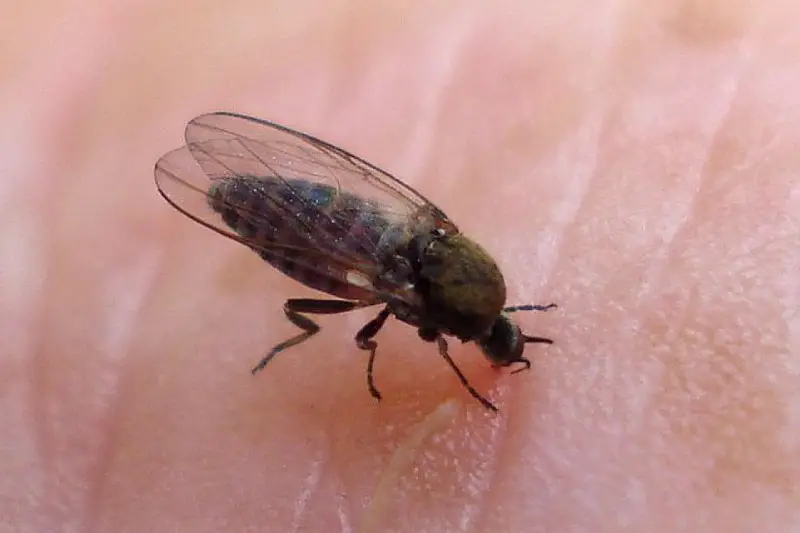
Sand flies are tiny, delicate insects covered with fine hairs that give them a dusty or fuzzy appearance. Unlike larger biting flies, they are only about one-sixteenth of an inch long, making them difficult to spot. Their wings are held at an angle in a characteristic “V” shape when at rest, which helps distinguish them from other small flies.
In Colorado, sand flies are less common than in tropical or subtropical climates, but they can still be encountered in dry, sandy environments, especially near rodent burrows and rocky areas. They are nocturnal feeders, most active from dusk to dawn, and prefer exposed skin on ankles, arms, and faces. Their bites are small but can be extremely itchy.
Globally, some sand fly species transmit leishmaniasis, a serious parasitic disease, but this is not a concern in Colorado. Here, their bites are primarily an annoyance, leading to red welts and prolonged itching. Sensitive individuals may develop allergic reactions with swelling or rash.
To avoid sand fly bites, people should use fine-mesh screens on tents, apply insect repellents, and wear long sleeves and pants when outdoors in the evening. Because of their tiny size, they can slip through standard mosquito netting, making extra precautions necessary.
Biting Midges / No-See-Ums (Ceratopogonidae)
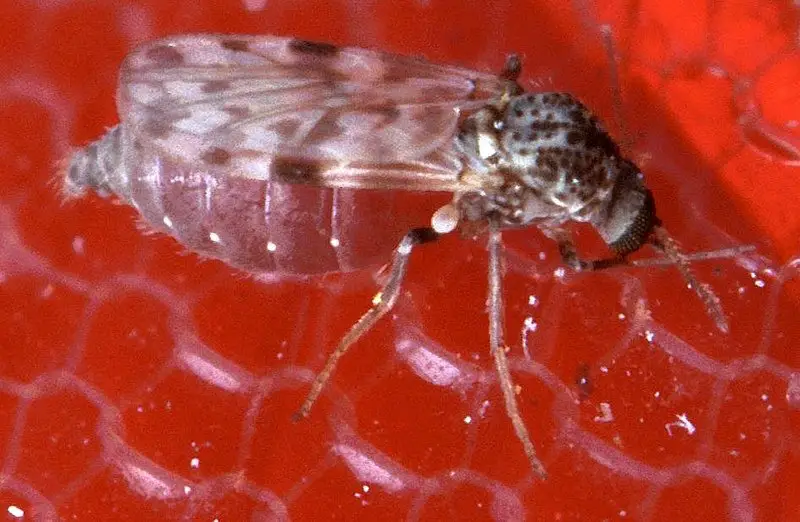
Biting midges, commonly called “no-see-ums,” are infamous for their nearly invisible size and irritating bites. They are smaller than a pinhead, yet their bite feels sharp and leaves behind clusters of red, itchy bumps. Their minute size allows them to get through ordinary window screens, making them a challenging pest both outdoors and indoors.
In Colorado, biting midges are especially common around lakes, wetlands, and irrigated areas where moisture supports their breeding. They are most active during dawn and dusk when humidity is higher and winds are calm. People enjoying evening activities outdoors are often their prime targets.
Although their bites are not dangerous, they can cause intense itching, burning, and even secondary skin infections if scratched excessively. Some individuals may suffer from stronger allergic reactions, with swelling or blister-like welts. Their nuisance factor often outweighs any medical risk.
To limit exposure, residents and campers can use insect repellents with DEET or picaridin, install fine-mesh screening, and avoid outdoor activities when midges are most active. In livestock areas, they can also irritate animals, causing stress and reduced feeding.
Mosquitoes (Culicidae)
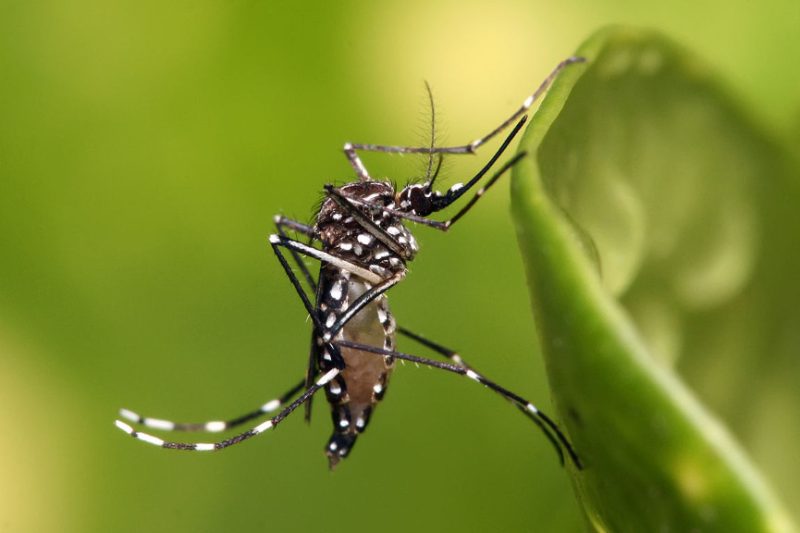
Mosquitoes are among the most well-known biting insects in Colorado, easily recognized by their slender bodies, long legs, and distinctive whine in flight. Only females bite, using specialized mouthparts to pierce skin and draw blood, which provides the protein necessary for egg development. Their bites leave behind raised, itchy welts.
These insects thrive in areas with standing water, including ponds, ditches, irrigation canals, and even small containers left outdoors. In Colorado, mosquito activity peaks from late spring through early fall, particularly during warm, humid evenings. Their presence can make outdoor activities uncomfortable and sometimes risky.
Unlike most other biting flies in Colorado, mosquitoes pose a genuine health threat. Certain species in the region are known to transmit West Nile Virus, which has been detected in both humans and wildlife. While not all mosquito bites result in illness, the risk makes prevention very important.
Protective measures include wearing long clothing, applying EPA-approved repellents, and eliminating standing water around homes. Communities often monitor mosquito populations and may use larvicides to reduce numbers during peak season. For many Coloradans, mosquitoes represent the most dangerous biting fly in the state.
FAQs About Biting Flies in Colorado
What are the most common biting flies in Colorado?
The most common biting flies in Colorado include horse flies, deer flies, stable flies, black flies, sand flies, biting midges (no-see-ums), and mosquitoes. Each species is active during different seasons and habitats, but all can be found in various parts of the state.
Do biting flies in Colorado transmit diseases?
Most biting flies in Colorado are more of a nuisance than a medical threat. However, mosquitoes are the exception, as they can transmit West Nile Virus. Deer flies may occasionally transmit tularemia, but cases are rare. Other flies generally do not spread dangerous diseases in this region.
When are biting flies most active in Colorado?
Activity peaks in the warmer months, typically from late spring through early fall. Horse flies and deer flies are most active during the day, black flies thrive near rivers in late spring, while mosquitoes and biting midges prefer dusk and dawn.
How can I protect myself from biting flies in Colorado?
Wearing long sleeves and pants, using insect repellents with DEET or picaridin, and avoiding peak activity times can reduce bites. Eliminating standing water around homes is especially important for mosquito control. For camping and hiking, fine-mesh netting and protective clothing are recommended.
Which biting fly is the most dangerous in Colorado?
Among all species, mosquitoes are the most dangerous due to their ability to transmit West Nile Virus. Other flies cause painful bites and allergic reactions but are generally not life-threatening.

